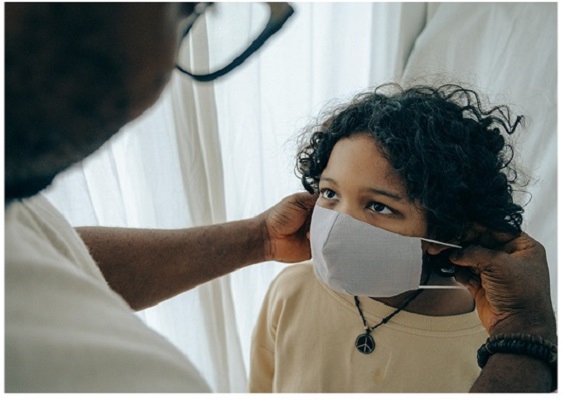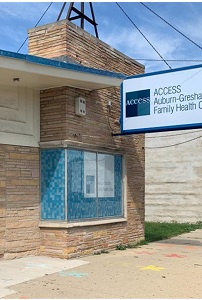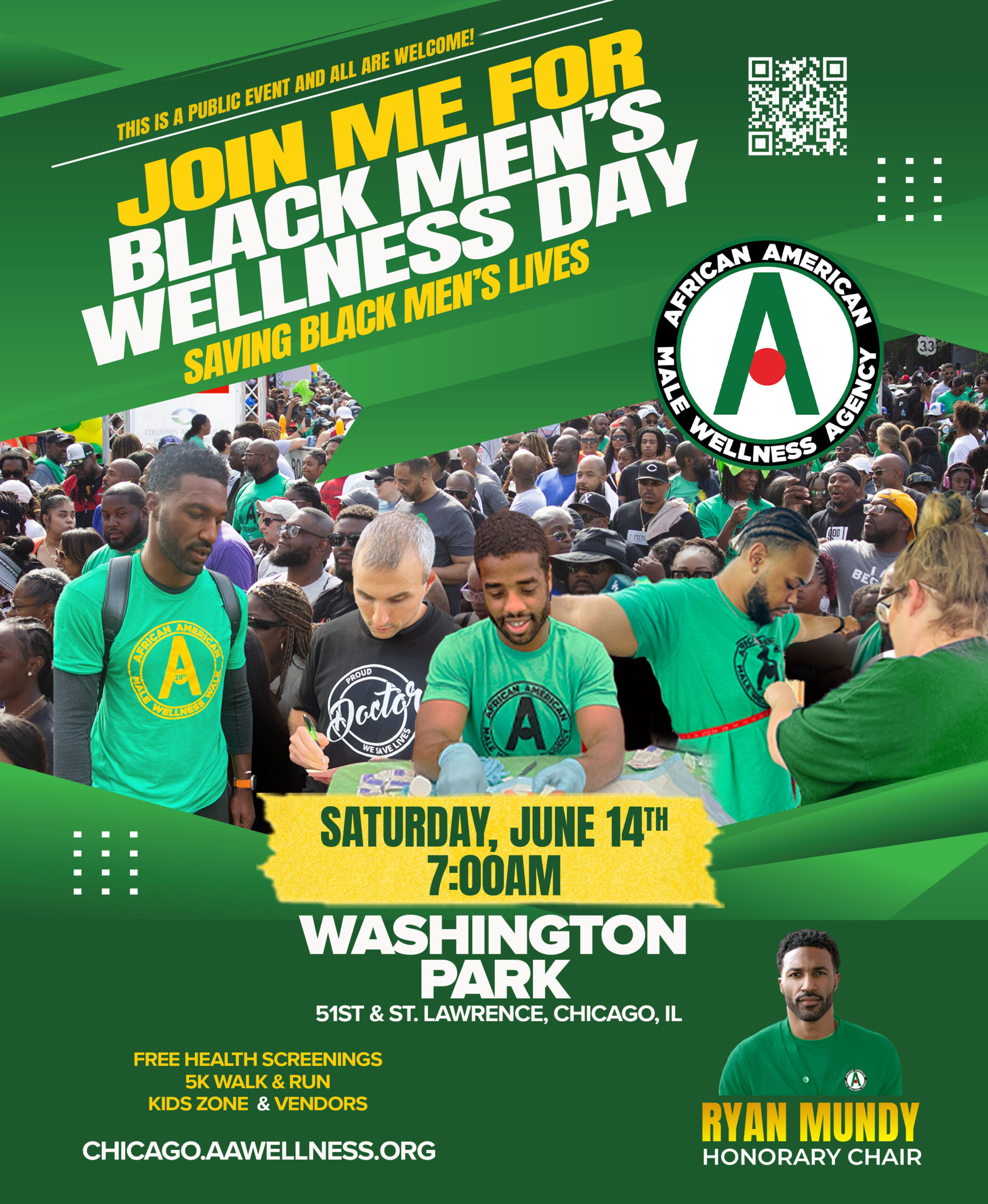In the early 1960’s, a young doctor by the name of H. Jack Geiger visited South Africa where he witnessed a different kind of health care. Doctors were located in one central office serving the needs of poor South Africans. Dr. Geiger brought the idea back to the United States, and he and a group of civil rights activists and health care pioneers launched a movement to bring this revolutionary concept of health care to low-income communities in America.
This concept fit right into President Lyndon B. Johnson’s “War on Poverty” which he launched during a State of the Union message in 1964.
The first community health centers were launched as a small demonstration program by the Office of Economic Opportunity in 1965. Twelve years later, in 1977, Congress authorized the first community health center program under the U.S. Public Health Service Act. In 2010, Federally Qualified Health Centers (FQHC’s) were included in the Affordable Care Act also known as Obamacare.

Before the advent of community health centers, people had to wait weeks and sometimes months for an appointment with a doctor. The doctor would sometimes refer a person to a specialist, or for x rays or other tests, all of which were performed outside of the doctor’s office. Healthcare was expensive and often unaffordable for low-income people.
Community health centers became one stop shops where one could see a primary care doctor, get x rays and other tests that were deemed necessary, and get an appointment with a specialist who often had offices within the center, or scheduled times when he or she would come to that facility. Of course there are still some tests that you have to go outside of the center for such as mammograms, MRIs, colonoscopies, etc. But for the most part, patients enjoyed having their health care needs met in one place with most or all of the expenses taken care of by the government along with your health insurance.
The community health centers are designed to provide integrated, patient-centered care that focuses on prevention, treatment, and management of chronic conditions.
They offer regular screenings, health education, nutrition counseling and personalized care plans, focusing on the unique needs of Black families.
For instance, Black Americans are disproportionately affected by hypertension, diabetes, and certain cancers. Doctors at community health centers regularly screen their patients for these diseases, as well as educate on lifestyle changes that can help prevent and manage these conditions – such as promoting a healthy diet, encouraging physical activity, and emphasizing the importance of getting the right amount of sleep.

Black men are more likely to contract and die from prostate cancer than men of other races. Physicians in most community health centers in Black communities conduct yearly tests to measure the amount of PSA (Prostate Specific Antigen) a man has in his blood. Higher levels of PSA may indicate a serious prostate condition. African American males should begin taking yearly PSA tests at the age of forty.
As the Baby Boomers age, there is an increasing demand for healthcare services specifically for chronic disease management, preventive care, and routine medical treatment. In response to this demand, health care centers specifically for seniors have arisen throughout the nation.
Just like community health centers, senior health centers are community-directed organizations that deliver comprehensive health care services, including primary care, preventive care, and mental health services. The difference is these centers are designed with seniors in mind.

As Baby Boomers age, they face a wide array of health issues, many of which are chronic in nature. Conditions such as diabetes, heart disease, arthritis and hypertension are particularly prevalent in this population and require ongoing care and management. Senior health centers emphasize continuity of care, ensuring that patients have ongoing relationships with their healthcare providers. Accessibility is another important factor because many Baby Boomers face challenges when accessing healthcare. Here in Chicago, with quality hospitals located in downtown areas where parking is a challenge, plus many seniors no longer even drive, senior health centers are located in communities that are easy to get to. In addition, many Senior health centers offer transportation to and from appointments.
Being able to afford ongoing healthcare, especially for chronic ailments, is another challenge seniors face. Senior health centers take Medicare Advantage PPOs, which pay up to 100% of the costs. That means that seniors can visit their primary care doctors at these centers as often as deemed necessary.

Routine screenings for blood pressure, cholesterol, diabetes, and cancer, as well as vaccinations are commonly offered at Senior health centers to help identify potential health risks early, allowing for timely intervention and reducing the need for more costly and intensive treatments later on.
Wellness programs offered by community health centers, such as exercise classes, nutrition counseling and mental health support, are also offered at Senior health centers and are specifically tailored to the needs of older adults and help promote healthy aging. Baby Boomers are also generally more health-conscious than previous generations and are increasingly seeking out these services as part of a comprehensive approach to their healthcare.
An often-overlooked aspect of healthcare for older adults is mental healthcare. Many Baby Boomers face mental health challenges including depression, anxiety, and cognitive decline, which can complicate the management of physical health conditions. Senior health centers recognize the importance of integrating mental and behavioral health services with primary care. A growing number of Senior health centers employ mental health professionals who work alongside primary care providers to deliver comprehensive, coordinated care.
One of the most significant benefits of the growing role of Senior health centers is their ability to reduce the strain on hospitals and emergency rooms. As Baby Boomers age, hospital emergency departments have experienced an increase in non-emergency visits, often by patients seeking treatment for chronic conditions or minor health issues. This trend has resulted in longer wait times, higher costs and decreased quality of care for true emergencies.
As Baby Boomers continue to age, the demand for healthcare services will only increase. Community health centers are well-positioned to meet this growing need, particularly in underserved communities and among individuals seeking affordable, patient centered care. Whether it’s a community health center for all ages, or a senior health center tailored to the specific needs of a growing Baby Boomer population, finding the right health center for your needs is essential for those looking forward to a long, healthy life.







